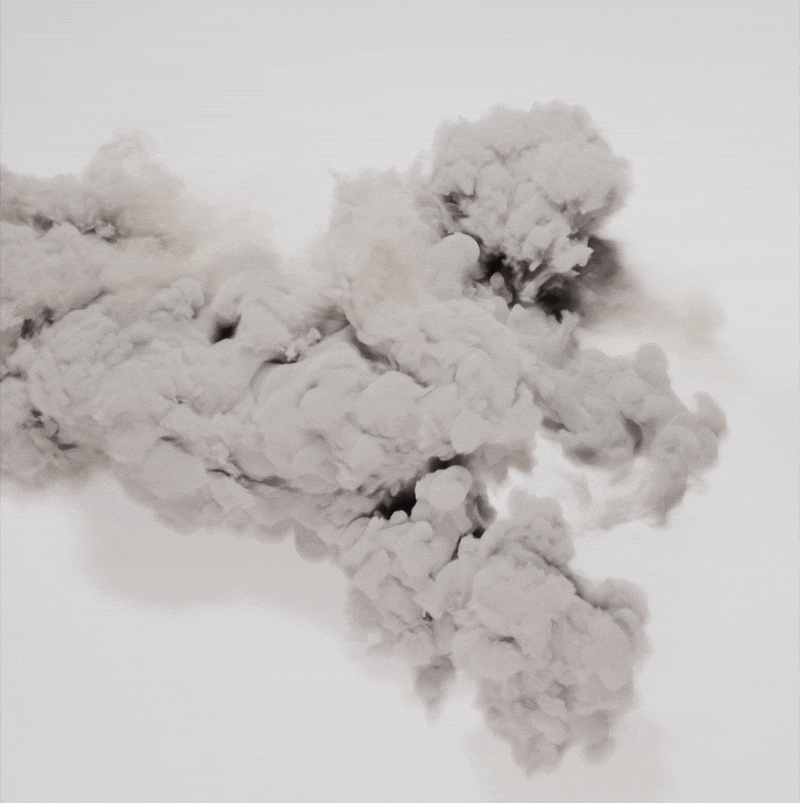Deeper Understanding of Timelines and Workflow at a 3D Studio
Discover the key factors that shape 3D project timelines and workflows—empowering you to make smarter decisions and achieve smoother, faster results.
Date
Category
Writer
Intro
This article will give you a brief overview of the key factors that influence timelines in 3D projects and how you can use this knowledge to improve collaboration with your 3D studio.
Factors Influencing Production Time for Product Shots
Several factors impact the time required for product shots:
Model Complexity: Models with high polygon counts take longer to render but provide greater detail. Low-polygon models render faster and cost less but may lack fine detail.
Textures: Simple textures render quickly, while high-resolution textures add time but result in a more realistic appearance.
Material Properties: Materials like glass require more rendering time due to complex light simulations. Glossy materials are easier, whereas rough or metallic surfaces need more calculations, affecting time and cost.

Lighting Setup: Basic lighting renders quickly, while complex lighting with multiple sources and global illumination takes longer but enhances realism.
Art Direction and Scene Complexity (Obvs): Simple scenes are faster to produce, whereas multiple animated components and dynamic lighting add production time but yield more visually engaging results.
Production Stages for Product Shots
Producing a product shot involves several key stages, each requiring careful planning and execution:
Animation: Blocking out geometry defines the basic shapes and positions. Once the form is established, movement is added, depending on the project requirements.
Simulation: Simulations add realistic effects like cloth movement, fluid dynamics, or rigid body interactions (e.g., objects moving or breaking).
Lighting, Texturing, and Shading: Texturing adds color and detail, while shading defines how light interacts with surfaces to create depth.
Rendering: Rendering combines models, textures, lighting, and animation to create the final images. Time varies greatly based on scene complexity—simple scenes may take a few days, while more complex projects can take 4-5 weeks or more.
Deeper Insight into Simulated Shots and Their Lead Times
Simulated shots (sims) enhance the depth and realism of a scene by using advanced techniques to replicate physical behaviors or abstract effects. The complexity of these simulations directly affects production time:
Soft Body Simulations: Soft objects like cushions are generally quick to simulate.
Cloth Simulations: Fabric behavior is efficient to simulate but depends on complexity.
Rigid Body Dynamics: Simulating interactions like collisions or stacking is manageable, but complexity increases with more elements.
Fluid Simulations: Simulating fluids like water or honey is time-intensive due to tracking realistic movement.

Smoke Simulations: Smoke effects are computationally demanding, especially for high-resolution close-ups.

Simulations typically start at low resolution to test movement before generating high-resolution versions, a process called caching. Caching stores data for efficient rendering, which can take hours to days depending on complexity.
How Can You as a Client Use This Knowledge?
Understanding these factors helps streamline the process and can influence your choices to ensure more efficient project planning, reduce unnecessary costs, and improve final output quality. Good luck with your 3D Projects :)
If you need a experienced studio to help you out, send us a message here <
Thoughts, ideas, and perspectives on design, simplicity, and creative process.


